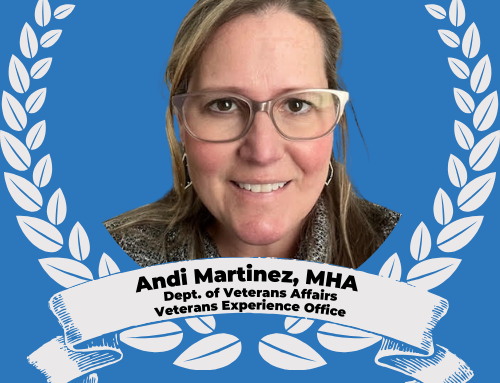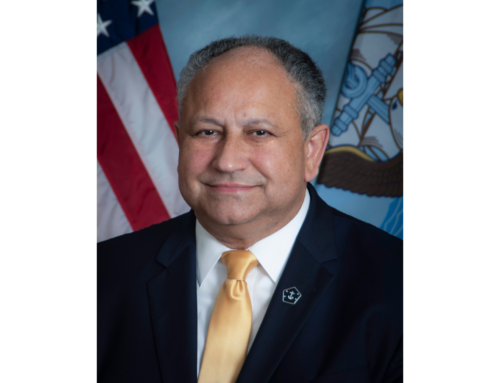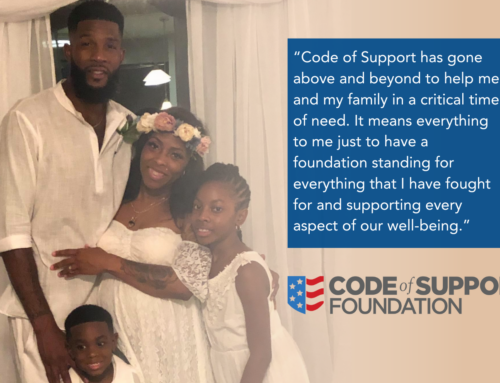In my 11 years as an Army wife, I’ve known more people who have taken their own lives than have been killed in combat. My personal experience is reflected in the terrifying statistics — at least 38 soldiers died by suicide or suspected suicide in July alone; at least 212 soldiers have committed suicide this year. The Veterans Affairs Department estimates we lose 18 veterans every day to suicide, and although we have no official numbers, I know three fellow Army wives who’ve killed themselves — but that’s not something we talk about.
After over a decade of sustained conflict and multiple deployments, we now have an entire generation of military families that know nothing but war — and that war comes home. “You know you’re a wounded warrior wife,” wrote one spouse on Facebook, “when your first thought each morning as you open your eyes is, did he make it through the night, or was last night the night he chose to give up?”
It is families who most often see the warning signs and bear the brunt of post-traumatic stress disorder and traumatic brain injury.
Yet, despite an unprecedented effort by military leadership — allocating billions of dollars, hiring thousands of mental health providers and creating hundreds of suicide prevention and resiliency programs — neither the Defense Department nor VA has effectively integrated families and community support into their suicide prevention efforts. Until they do, the number of suicides will continue to climb, even as the wars come to an end.
“It shouldn’t be this hard,” said Leslie McCaddon, who lost her husband, Capt. Michael McCaddon, to suicide on March 21. “We saw this freight train coming for seven years, but the Army said he was doing fine at work and that it sounded like a ‘family issue.’”
Unfortunately, Mrs. McCaddon’s experience is far from the exception. The military has a maddening way of both dismissing families and holding them accountable at the same time.
Suicide and the mental health issues that precede an attempt are complex and often messy — which makes it extremely difficult to solve, especially for an organization as traditional and hierarchical as the military. Throw in the “suck-it-up-and-drive-on” mentality so prevalent — and so necessary to survive 10 years of war — and you have an almost perfect storm.
Ongoing efforts to integrate mental health into primary care and unit settings show promise, but most of the prevention, screening and treatment programs lack oversight, and have not been formally evaluated for effectiveness. Other challenges, like the lack of bio-markers to diagnose PTSD and mild TBI, and the lack of comprehensive treatment guidelines for veterans dealing with both conditions — will likely require years of research and clinical trials.
Defense Secretary Leon Panetta has set the right tone to help battle the stigma associated with asking for help.
“We will not tolerate actions that belittle, haze or ostracize,” he said during a suicide prevention conference in June.
But our military leaders must bridge the gap between rhetoric and reality by changing the policies that disenfranchise families from suicide prevention efforts, and ignore the secondary trauma they often experience.
Anti-stigma campaigns urge our warriors to ask for help if they are struggling, and wives are instructed to alert their husband’s chain of command if they see warning signs. But almost nothing is said about what happens if we do ask for help, and there are no policies to assuage career or privacy concerns for those brave enough to do so. And when a spouse attempts or commits suicide, there are no standard operating procedures to help guide a commander’s response. In Iraq and Afghanistan, mental health assessment teams made up of behavioral health professionals have been used to gather information that resulted in actionable recommendations and changes in policy. These same teams could be used as effectively at home.
But even if everything in the DoD and VA were working perfectly, we cannot take care of this level of need by ourselves. Adm. Mike Mullen, former chairman of the Joint Chiefs of Staff, often referred to the “sea of goodwill” in civilian America. There are more than 40,000 nonprofits dedicated to supporting service members, veterans and families, including Not Alone and Give an Hour, which provide free mental health counseling.
But most of us have never heard of them, largely because the vaguely worded and stringently interpreted DoD Joint Ethics Regulation makes it difficult for the services to effectively partner with the private sector. Congress should ask the Office of the Secretary of Defense General Counsel for an interpretive clarification of the regulation to increase collaboration between civilians and the military.
President Obama’s recent executive order sets up a task force intended to bring all interested parties together to “improve awareness and reduce stigma” for those needing care. But it stops short of including families.
It needs to solicit and embrace input from surviving family members and nongovernmental organizations — who could help change the way Americans honor people with invisible wounds of war.
Related Posts
Categories
Tags
Recent Posts
- Andi Martinez, MHA to receive the 2024 Toast To Our Troops MG Alan B. Salisbury Salute to Service Award for Individual Impact
- The Honorable Carlos Del Toro to deliver remarks at TTOT24
- What We Do Wednesday: From struggling, to pursuing a fulfilling passion.
- Brianna Keilar to serve as tenth annual Toast To Our Troops emcee
- Mission Monday: Bri







